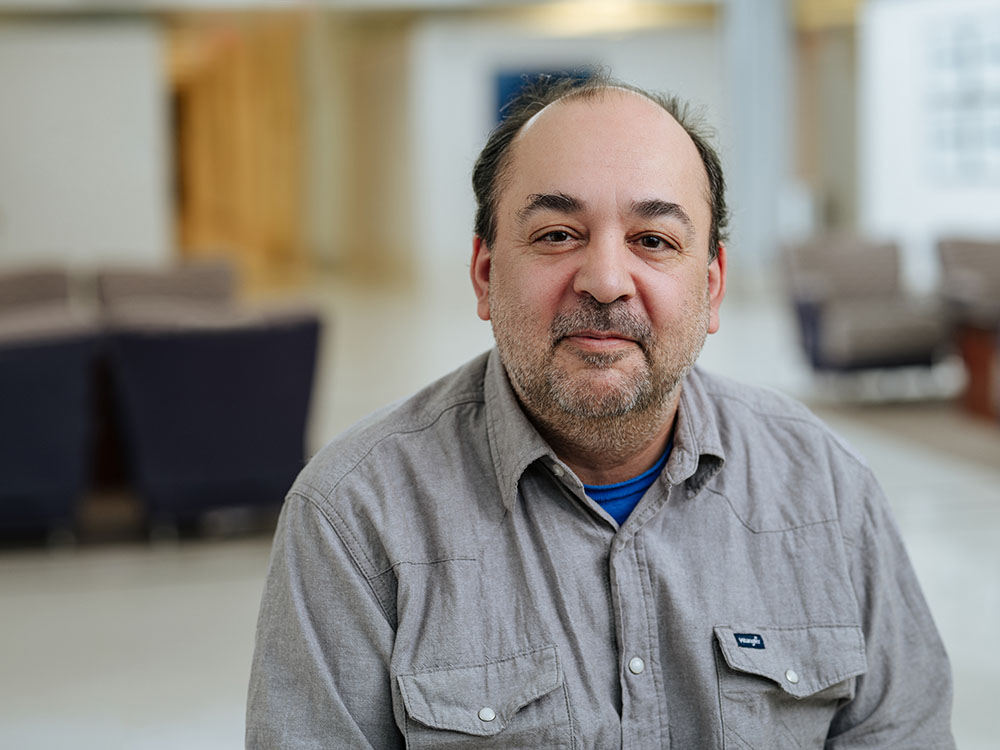Description
Since its identification in December 2019, severe acute respiratory syndrome coronavirus 2 (SARS-CoV-2) has devastated life as we know it across the globe. As of August 2021, The Johns Hopkins University COVID-19 tracking platform reported more than 4 million deaths associated with SARS-CoV-2 infections. The antiviral drug Remdesivir and two monoclonal antibodies are the only approved treatments for COVID-19, and the World Health Organization has granted emergency use to six COVID-19 vaccine candidates, all targeting the spike viral glycoprotein. While the vaccines have shown protective effects, it is unknown whether they confer long-term immunity, particularly to newly emerging viral variants. Thus, it is imperative to discover new prophylactic and therapeutic approaches to combat SARS-CoV-2 infections.
Texas Biomed scientists have developed molecular constructs of SARS-CoV-2 to study its biology and develop vaccines and treatments for COVID-19. Recombinant DNA encoding the SARS-CoV-2 genome is inserted into a bacterial artificial chromosome (BAC)-based vector to generate recombinant (r)SARS-CoV-2. When these BAC-based constructs are transfected into cells, cellular RNA polymerase II initiates the production of viral RNA, ultimately resulting in viral rescue. These rSARS-CoV-2 recapitulate infection in cells and animal models of infection, similar to those of a natural SARS-CoV-2 isolate. Moreover, these reverse genetics allow the deletion of viral proteins to develop attenuate forms of the virus as live attenuated vaccines (LAVs) to prevent SARS-CoV-2 infection. Texas Biomed scientists have already identified two LAVs that do not cause disease and protect mice from virus challenge (see graph).
Benefits and Advantages
- Reverse genetics allow the generation of wild-type and mutant forms of rSARS- CoV-2.
- Reverse genetics allow the deletion of viral proteins to understand their contribution in viral pathogenicity and to develop attenuated forms of the virus as live attenuated vaccines (LAVs) to prevent SARS-CoV infection.
- Other rSARS-CoV-2 can be genetically engineered to express foreign genes of interest, alone or in combination with deletions in viral genes, for the development of new LAVs.
2 LAVs Demonstrate 100% Survival In
Terminal JAX hACE2 Mouse Model.

Luis Martinez-Sobrido, Ph.D.
Professor
Dr. Martinez-Sobrido’s lab is interested in the molecular biology, immunology, and pathogenesis of negative- strand and positive-strand RNA, and DNA viruses. They aim to develop vaccines and antivirals that can be long- lasting for viral infections in humans. The team uses the maximum containment biosafety level 4 (BSL-4) laboratory to study pathogens responsible for causing hemorrhagic fever in humans.

Lab Focus
- Influenza virus infections, vaccines, and antivirals
- Reverse genetics approaches for RNA and DNA viruses
- COVID-19 immunogenicity, pathogenesis, and animal models
- Live attenuated vaccines for viral infections
- Neutralizing antibodies with prophylactic and therapeutic applications
- Molecular virology
- Viral immunology
Inside The Lab
Dr. Martinez-Sobrido is widely recognized for his expertise in generating recombinant viruses, specifically influenza, arenaviruses, and Zika virus, using plasmid-based reverse genetic approaches. He also developed plasmid, cellular and virus-based assays to identify virus-encoded interferon antagonist proteins that have helped to uncover the molecular mechanisms involved in viral pathogenesis.
He has several Department of Defense and NIH grants for the study of these and other important viral pathogens. Currently, Dr. Martinez-Sobrido’s team is mainly focusing on the study of SARS-CoV-2.
Dr. Martinez-Sobrido is continuing his work with the New York Influenza Center of Excellence, which is part of the National Institute of Allergy and Infectious Diseases Centers of Excellence for Influenza Research and Surveillance (CEIRS) program through the National Institutes of Health. In addition to characterizing the influenza virus, as part of this project, he is working with collaborators to develop a universal flu vaccine with the use of broadly neutralizing antibodies (bNAbs) or blood proteins that can recognize key pieces of the virus to help a person’s immune system clear infected cells from the system. Studies are underway to test these bNAbs in small animal models, and suitable candidates will move into nonhuman primate models.
About Texas Biomedical Research Institute
Texas Biomedical Research Institute pioneers and shares scientific breakthroughs that protect you, your families and our global community from the threat of infectious diseases. Texas Biomed is an independent, not-for-profit, research institute with a strong history of collaborating with global partners and contributing to the world of science and human health for more than 75 years. We are evolving into a one-of-a-kind, world-leader in the broad sciences of infectious diseases, with researchers working together in three critical areas of discovery. Our partnerships continue to expand globally to deliver new diagnostics, treatments and cures through our pre-clinical research and development programs.
Scientific Programs
Host-Pathogen Interactions (HPI) – The HPI Program concentrates on the basic biology of infection in humans and animals and the development of disease. Disease Intervention & Prevention (DIP) – The DIP Program aids in the development of diagnostics, treatments and vaccines to prevent disease, reduce severity of disease and infection, if not cure infection. Population Health (PH) – The PH program aims to identify correlates of disease susceptibility or resistance to infectious diseases on a population level.
Resource Attributes
- BSL-3 and BSL-4 facilities with laboratory capacity to perform in vitro experiments (biochemistry, cell biology, molecular genetics, and immunology) and in vivo studies (vaccine/therapeutic efficacy, pathogenesis and survival) including imaging.
- Experience with the development of nonhuman primate (baboon, macaque, marmoset) and rodent (mouse, hamster, and Guinea pig) models for evaluating disease pathology and diagnostic, therapeutic or vaccine efficacy.
- Established standard operating procedures and protocols for biochemical, immunological and metabolism assays, deep sequencing, neutralization assays, determining bacterial and viral load, among others.
- Facilities equipped with state-of-the-art equipment including Aerobiology Instrumentation, Telemetry, Clinical Pathology Instrumentation, FlowCytometry, Sorting, PET-CT Scan, Live-Imaging, and Single-Cell Sequencing, among others.
- Active programs with NIH/DOD/BARDA/MCS, commercial and international partners.
- Studies adhering to robust quality standards to support regulatory filings with the FDA and other agencies.
To learn more about partnering with our world-class researchers to execute quality scientific studies, please contact Applied Science and Innovation at .